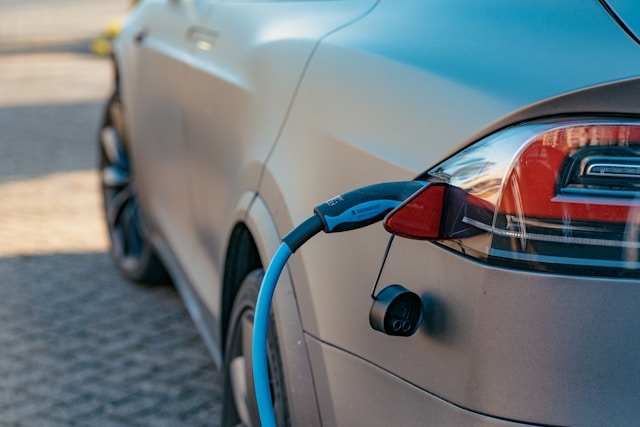New battery technology promises crucial advancements in future electric vehicle usage

Image by Ernest Ojeh on Unsplash
Lithium metal batteries (LMBs) have emerged as a promising frontier, boasting the potential to offer electric vehicles (EVs) an impressive range of up to 700 miles, twice the range of most existing lithium-ion battery-powered electric vehicles. However, challenges such as overheating, short circuits, and slow charging have hindered the widespread adoption of LMBs.
Addressing these limitations, researchers at India’s Tata Institute of Fundamental Research have unveiled a groundbreaking solution poised to transform battery technology and redefine the boundaries of EV capabilities. By introducing a novel graphite derivative powder as an enhanced membrane between electrodes, the team has successfully mitigated the formation of problematic dendrites, thus enhancing safety and durability.
The potential of LMBs extends far beyond electric vehicles, with applications ranging from renewable energy storage to consumer electronics. Stanford University researchers share this enthusiasm, envisioning LMBs as a key solution to alleviate “range anxiety” among motorists hesitant to embrace EVs. With twice the range of conventional lithium-ion batteries, LMB-equipped vehicles could offer a staggering 600 miles per charge, according to Stanford chemistry doctoral student Philaphon Sayavong.
The urgency for such advancements is underscored by the surging demand for electric vehicles, as evidenced by a 52% year-over-year increase in U.S. EV sales reported by S&P Global Mobility. According to current customer perceptions, addressing concerns over battery range reliability is paramount in accelerating EV adoption.
Tesla, a frontrunner in the EV market, is not only innovating in vehicle design but also pioneering unique charging station solutions, complementing its extensive Supercharger network. The benefits of transitioning to electric vehicles are manifold, encompassing significant savings on fuel and maintenance costs, and tax benefits, along with a tangible reduction in air pollution and associated health benefits.
As the industry embraces sustainable alternatives, the emergence of LMBs stands as a testament to the transformative potential of cutting-edge battery technology. Embracing these advancements not only propels us towards a greener future but also underscores the commitment to driving positive change for generations to come.



